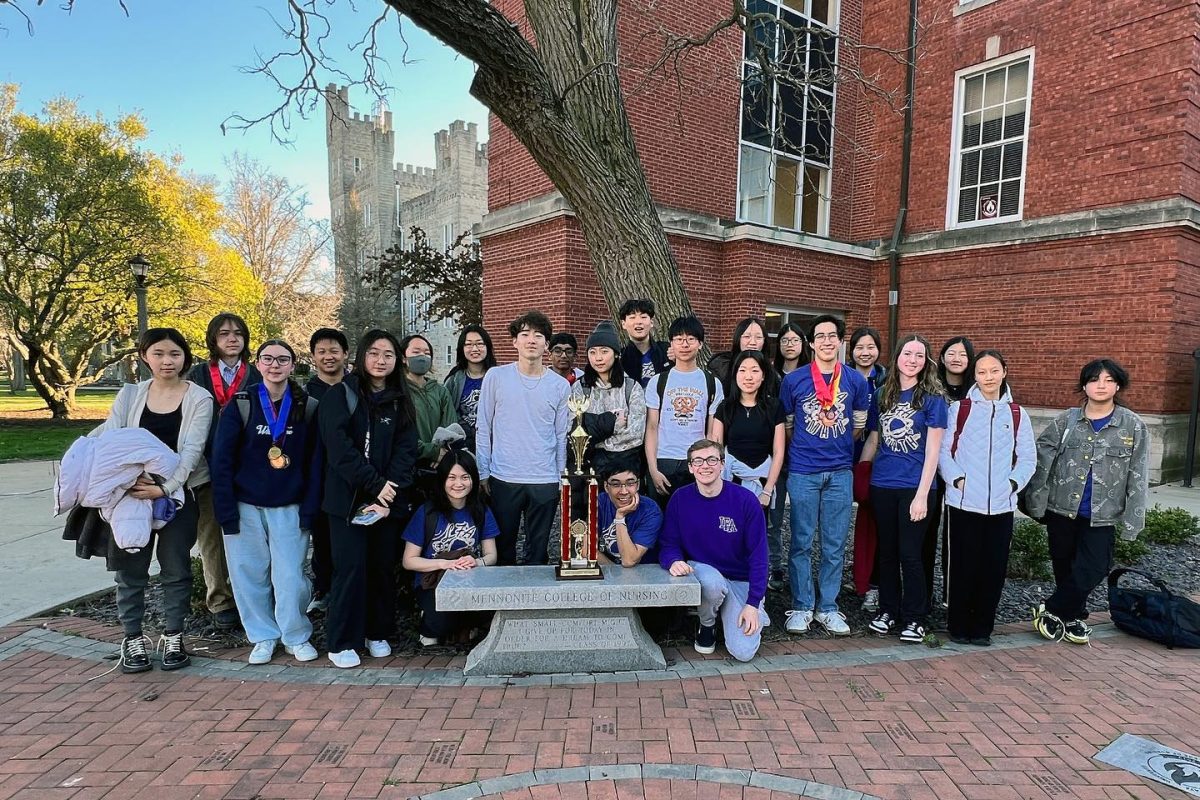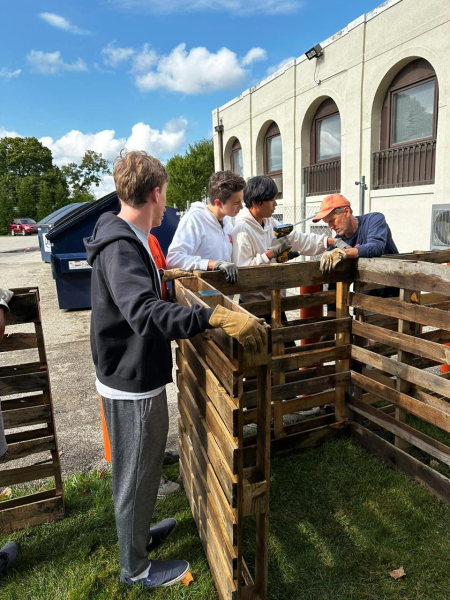Distribution Plans for COVID-19 Vaccine
Photo by Lake County Illinois website
Infographic shows when various members of the population are eligible to receive COVID-19 vaccines.
February 18, 2021
With the COVID-19 pandemic closing in on its twelfth month, the vaccine is a glimmer of hope for its end. When the Pfizer-BioNTech vaccine was first administered on December 11, as was the Moderna vaccine on December 18, the world rejoiced at the idea that there was a chance for herd immunity. However, the logistics of distribution and lack of supply, especially in the United States, has slowed the process.
In the United States, the federal government has given individual counties authority of distribution in their respective regions. Problems do arise in the fact that the federal government does have guidelines, which sometimes conflict with local authorities. However, Lake County, the county in which LFA is located, is handling distribution very well. In dealing with a lack of supply and immense necessity, they have an organized distribution and made it look easy.
Lake County organized their distribution into phases like most of the country. The distribution process made sure that those who are at a higher risk received the vaccine first, and the least at risk will receive it last. People who are able to receive the vaccine have to register for an appointment online on the Lake County AllVax registry. The first phase, 1A, includes healthcare personnel and long-term care facility residents. The second phase includes teachers, which means the LFA faculty and staff are eligible to receive the vaccine in the coming month. Thankfully, new resources will become available soon, and the LFA medical staff and administration will continue to support faculty and staff so they can be among the first to get the vaccine.
Anna Kliner, LFA’s Director of Health Services, believes the vaccine being available for teachers is a step in the right direction. When asked how the vaccine could affect our community, Kliner stated, “The risk of our faculty and staff being at risk decreases…On the ground, it’s not really going to change much.” While the vaccination ensures for the safety of faculty, staff, and students, and allows for a step towards herd immunity at LFA. Though many faculty and staff will be receiving the vaccine, all of the COVID-19 related restrictions and rules will stay in place, as many of the students are still at risk. Kliner points out that the Pfizer vaccine is only available for people 16 and over, so a portion of our community is ineligible to get the vaccine at all. Kliner also emphasizes that, “Even if you’ve been vaccinated, you can still spread and transmit COVID.” It is essential that students and faculty still take precautions to keep others safe, and that our faculty being vaccinated does not solve all of our problems.
Kliner recognizes another issue within the distribution system, and that is the prejudice and marginalization within the health system. She states that her fear is, “the people who have been under-served and marginalized in our health system will continue to be marginalized and not able to have access.” There are many injustices when it comes to the United States health system, and Kliner hopes all who want the vaccine will be able to access it.
While there are many opinions and issues about the distribution of vaccines, the process is still very new. It has only been slightly over two months that the vaccines have been available. It is too early to determine whether distribution has been a success or not, but it is safe to say that the country has a long way to go.
















